6 Moves That Reveal If Your Body Is Aging Too Fast
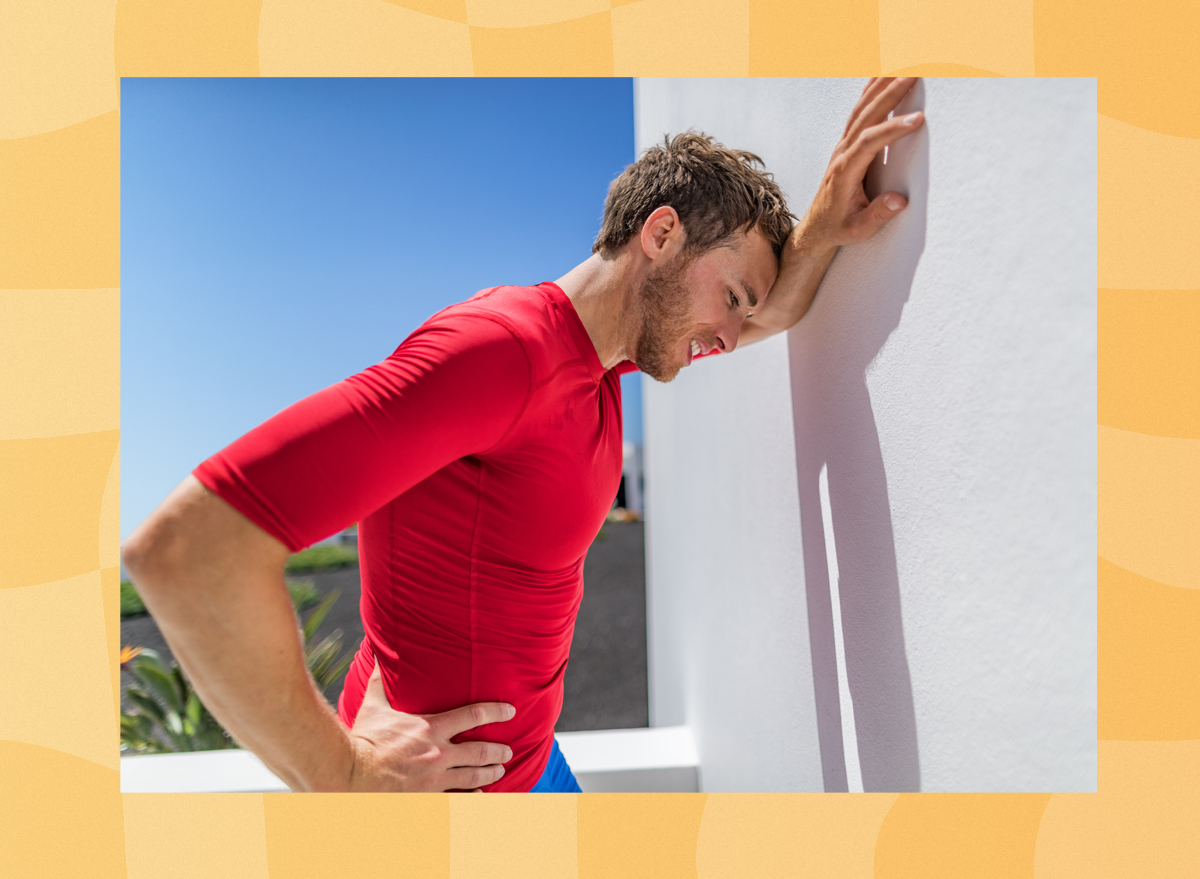
Aging happens to everyone, but how fast it happens varies wildly, and fitness plays a significant role. Your body naturally loses strength, mobility, endurance, and muscle mass as you age. But the rate at which those changes occur depends on how you treat your body. That’s why regular check-ins using functional movements can help reveal whether your body is aging faster than it should.
You don’t need high-tech gadgets or expensive tests. You need to move. Strength, mobility, and endurance are the three most significant physical markers of how well your body is aging. It might be a wake-up call if you struggle with the following movements, but it’s also a starting point. Every one of these exercises can double as a test and a tool. Use them to assess your fitness level, and keep practicing them to slow the aging process.
Whether you’re 30 or 70, it’s never too late to build a body that feels strong, agile, and ready for anything.
Move: Bodyweight Squat
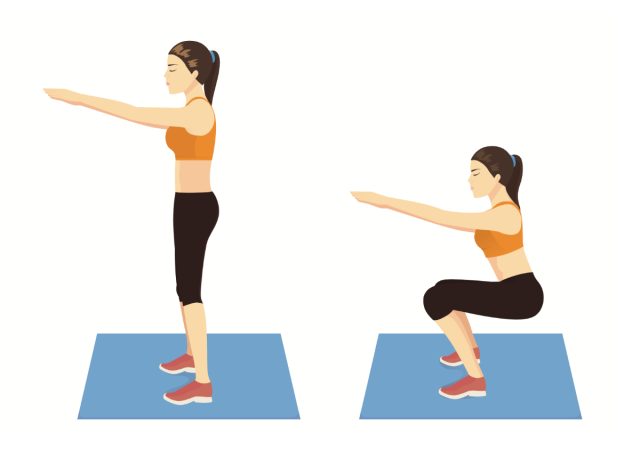
The squat is a full-body movement that checks your leg strength, hip and ankle mobility, and postural control. If your knees cave in, heels lift, or torso leans too far forward, it could mean your muscles and joints aren’t working well together. That matters because squats mimic how you sit, stand, and move through life.
How to Do It
- Stand with your feet shoulder-width apart and your toes slightly turned out.
- Brace your core and keep your chest tall.
- Push your hips back as if reaching for a chair.
- Bend your knees and lower your hips until your thighs are parallel to the floor (or as low as your mobility allows).
- Press through your heels and return to standing tall.
- Keep your knees tracking over your toes throughout the movement.
Coach Tip: Film your squat from the side and front. If your heels pop up, you may have tight ankles. You may need core work or upper back mobility if your torso collapses.
Move: Plank Hold
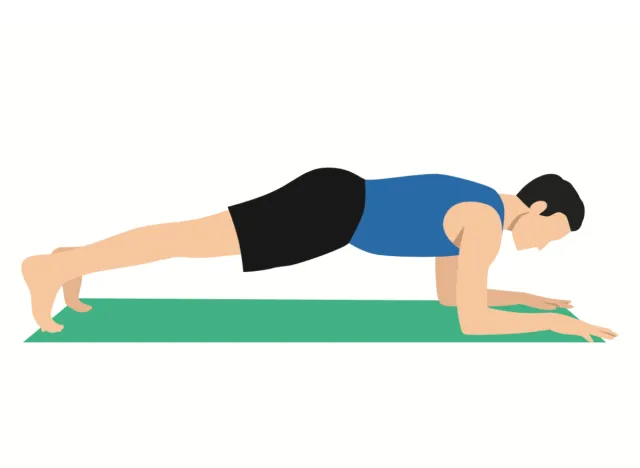
The plank doesn’t look flashy, but it reveals a lot. It tests your core endurance, shoulder stability, and posture—all critical for preventing back pain and supporting balance as you age. A sagging or arched back shows your core isn’t doing its job.
How to Do It
- Get on all fours and lower your forearms to the ground, elbows under your shoulders.
- Extend your legs straight behind you and balance on your toes.
- Squeeze your glutes and tighten your abs.
- Keep your body in a straight line from head to heels.
- Hold this position without letting your hips dip or rise.
Coach Tip: If you can’t hold the position for 30 seconds without shaking or arching, practice in short intervals. Use a timer and build up your hold time gradually.
Move: Push-Ups
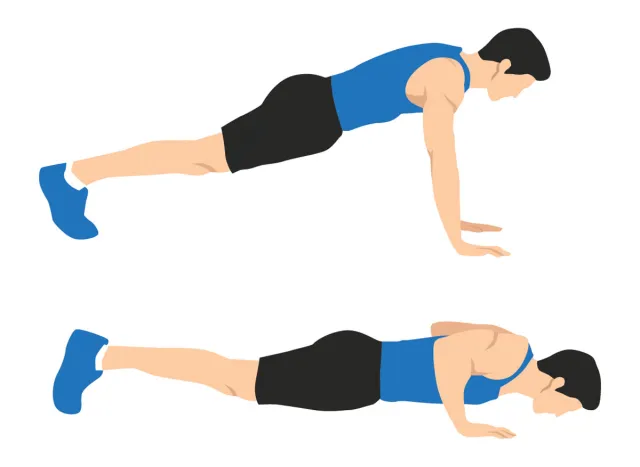
Push-ups show more than upper-body strength. They highlight core stability, shoulder function, and muscular endurance. Struggling to complete full reps or losing control of your form can be a sign that your functional strength is fading faster than it should.
How to Do It
- Start in a high plank with your hands just outside shoulder-width.
- Engage your core and squeeze your glutes.
- Lower your chest toward the floor by bending your elbows at a 45-degree angle.
- Keep your body in a straight line from head to heels.
- Press through your palms and return to the starting position.
Coach Tip: Can’t do a push-up yet? Start with your hands elevated on a bench or box. Lower the height over time as you get stronger.
Move: Forward Lunge
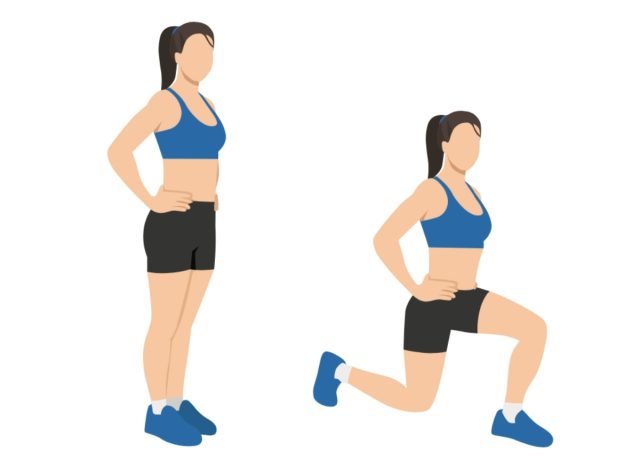
The forward lunge assesses balance, single-leg strength, and hip stability. It also challenges ankle and knee control. If your knees wobble, you lean too far, or you can’t push back smoothly, those are signs of poor stability and coordination.
How to Do It
- Stand tall with your feet together and your hands by your sides.
- Step forward with your right foot.
- Lower your hips until both knees form 90-degree angles.
- Push through your front heel and return to the starting position.
- Repeat on the other side.
Coach Tip: Struggling with balance? Perform lunges next to a wall or rail for support. Gradually move away as your stability improves.
Move: Deadlifts
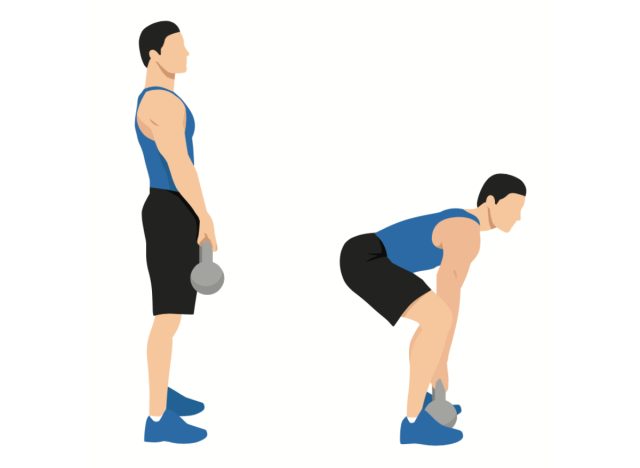
Deadlifts check your ability to lift weight from the ground using your hips and legs, not your back. They assess posterior chain strength, grip, and spinal alignment. Struggling with this move may indicate a lack of strength or flexibility, making everyday tasks, like lifting groceries or a child, more risky.
How to Do It
- Stand with your feet hip-width apart and a dumbbell or kettlebell in front of you.
- Hinge at your hips and bend your knees slightly to grab the weight.
- Keep your back flat and your chest lifted.
- Press through your heels and stand up tall while holding the weight.
- Lower the weight by pushing your hips back and bending at the knees.
Coach Tip: Use a mirror or film your form. If your back rounds at the bottom, work on your hip mobility and core control before increasing the load.
Move: Bike or Treadmill Sprint (One-Minute)
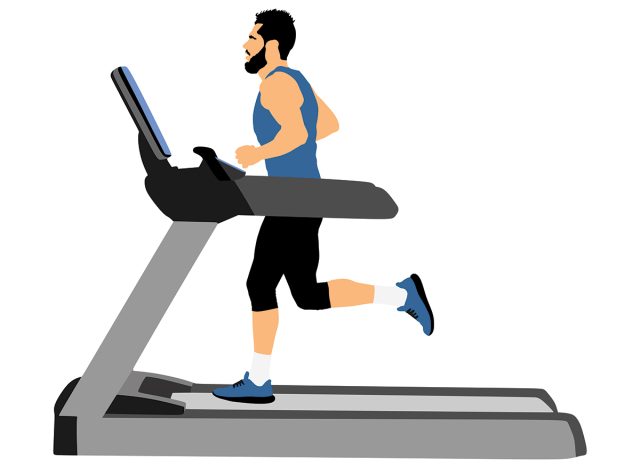
This one-minute effort checks your cardiovascular endurance and recovery ability. It’s a quick way to see how your heart, lungs, and legs work under stress. Struggling to maintain pace or taking too long to recover might point to declining aerobic capacity.
How to Do It
- Warm up at an easy pace for 3 to 5 minutes.
- Set the treadmill to a fast but safe speed, or adjust the resistance on the bike.
- Sprint all-out for 60 seconds.
- Note how far you go or how much power you produce.
- Cool down with 2 to 3 minutes of slow walking or easy pedaling.
Coach Tip: Repeat this test once a week and track your distance, watts, or speed. Improvements in performance and recovery show progress in cardiovascular health.